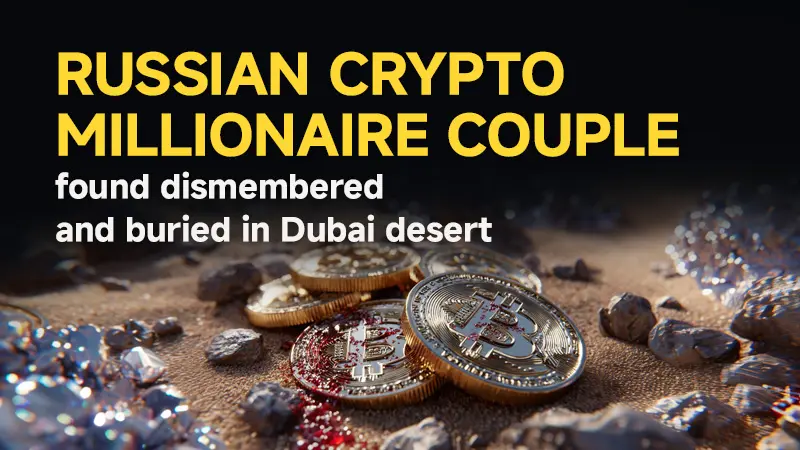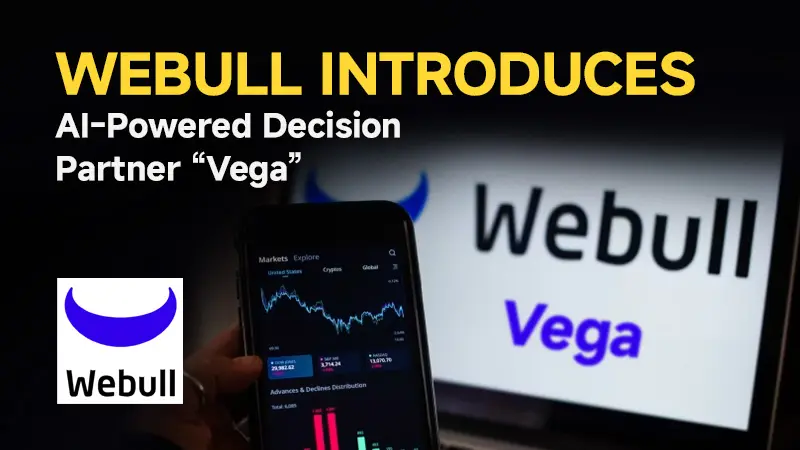简体中文
繁體中文
English
Pусский
日本語
ภาษาไทย
Tiếng Việt
Bahasa Indonesia
Español
हिन्दी
Filippiiniläinen
Français
Deutsch
Português
Türkçe
한국어
العربية
Why Are Financial Firms Adopting Stablecoins to Enhance Services and Stability?
Abstract:Financial firms adopt stablecoins for stability and innovation, fueled by Trump’s crypto push, reshaping finance with blockchain efficiency in 2025.

The financial landscape is undergoing a radical transformation as a major asset manager, overseeing trillions in assets, prepares to launch its own U.S. dollar-pegged stablecoin, according to a March 25, 2025, report. This development, now in its final testing phase, reflects a broader trend: traditional financial institutions are embracing digital assets to bolster their offerings. The stablecoin is part of an ambitious push into tokenized financial products, including a digital U.S. money market fund filed earlier this year. This shift coincides with a pro-crypto surge in the U.S., driven by President Donald Trumps enthusiastic support for digital currencies, signaling a new era where blockchain and traditional finance converge.
Trumps Crypto Advocacy: Fueling Institutional Momentum
President Donald Trump‘s 2024 re-election has ignited a wave of optimism in the crypto world, reversing the previous administration’s more reserved approach. A vocal proponent of digital assets, Trump has positioned stablecoins as a means to strengthen the U.S. dollar‘s global standing. His administration’s commitment to streamlined regulations has spurred financial institutions to accelerate their crypto initiatives. On March 25, 2025, Trump‘s affiliated venture, World Liberty Financial, unveiled its own stablecoin, USD1, backed by U.S. Treasuries and cash equivalents, amplifying the pro-crypto momentum. With bipartisan legislation like the GENIUS Act advancing in Congress—potentially reaching Trump’s desk soon—the regulatory environment is increasingly favorable, emboldening firms to integrate stablecoins into their strategies.
Stablecoins: A Stable Foundation for Innovation
What makes stablecoins—cryptocurrencies tied to stable assets like the U.S. dollar—so appealing to financial institutions? Their ability to combine stability with blockchain‘s efficiency is a key draw. Unlike volatile cryptocurrencies like Bitcoin, stablecoins provide a dependable value anchor, making them ideal for real-world applications. The forthcoming stablecoin from this asset manager, for instance, aims to serve as digital cash within a broader blockchain ecosystem, potentially powering tokenized financial instruments. This mirrors an industry-wide shift, with stablecoins gaining traction for uses like cross-border payments, where they outpace sluggish traditional systems. By leveraging blockchain’s speed and transparency, stablecoins offer near-instant settlements at reduced costs, challenging the inefficiencies of legacy banking networks.

Beyond payments, stablecoins are reshaping institutional finance. A report earlier this year predicted that central banks and governments would soon adopt Bitcoin strategically, but stablecoins are proving to be the more immediate focus. With over $239 billion in global circulation, according to CoinGecko, and significant profits flowing from reserve interest, the economic case is compelling. For financial firms, stablecoins represent more than a product—theyre a gateway to a tokenized future, enhancing liquidity and interoperability across services.
Competitive Advantage: Blending Trust and Technology
The move into stablecoins reflects a strategic bid to stay competitive in a rapidly evolving market. The stablecoin sector, long dominated by major players, is now seeing an influx of traditional institutions, each vying for a foothold. New entrants launching their own dollar-backed coins in early 2025 underscore the race to capture market share. For established financial firms, their edge lies in credibility and regulatory compliance—qualities that could appeal to investors wary of less-regulated alternatives. By offering a U.S.-based, well-governed stablecoin, these institutions aim to redefine trust in the space.
The timing aligns with Trump‘s pro-crypto agenda, which promises to ease regulatory barriers. The Senate’s March 26, 2025, approval of the GENIUS Act, establishing standards for collateralization and anti-money laundering, provides further clarity. This green light enables firms to weave stablecoins into core operations, from trading to settlement. Paired with ventures into higher-risk digital assets, stablecoins form a balanced approach—offering stability for clients while tapping into blockchains growth potential. This “stablecoin sandwich”—using stablecoins to bridge fiat and crypto—streamlines processes, cuts costs, and attracts efficiency-minded customers.
Challenges persist, however. Critics, including Senator Elizabeth Warren, caution against systemic risks, likening stablecoins to potential “digital bank runs” if oversight falters. The cautious rollout of these initiatives—testing without immediate launch—suggests an awareness of such concerns. Striking a balance between innovation and stability will be critical as firms chart this new terrain.
Trump‘s crypto fervor and the rise of stablecoins mark a turning point: traditional finance and digital assets are no longer at odds—they’re merging. As institutions adopt stablecoins to enhance services, they‘re not merely following trends—they’re reimagining money‘s future. In 2025, with regulatory tailwinds and blockchain’s potential unfolding, the question isnt why firms are embracing stablecoins, but how transformative their impact will be. For now, this move signals a bold step toward a world where stability and innovation coexist, reshaping finance for the digital age.

Disclaimer:
The views in this article only represent the author's personal views, and do not constitute investment advice on this platform. This platform does not guarantee the accuracy, completeness and timeliness of the information in the article, and will not be liable for any loss caused by the use of or reliance on the information in the article.
Read more

WikiEXPO Dubai 2025 Concludes Successfully — Convening Global Financial Leaders to Shape a Transpare
On November 11, WikiEXPO Dubai 2025, hosted by WikiGlobal and co-organized by WikiFX, successfully concluded. As one of the world’s most influential Fintech expos, this event brought together more than 570 regulatory representatives, industry leaders, and innovation pioneers from across the globe. Through in-depth discussions on core issues such as regulatory compliance, the forex market, investment strategies, and sustainable finance, the event delivered a profound experience that masterfully blended intellectual depth with actionable insights.

Russian crypto millionaire couple found dismembered and buried in Dubai desert
A gruesome case has emerged involving a Russian couple living in the United Arab Emirates who went missing in early October and whose remains were recently discovered in a desert near Dubai. Roman Novak, a self-styled cryptocurrency “millionaire”, and his wife Anna had last been seen travelling to a supposed investor meeting in the UAE, but according to investigators were instead abducted and murdered after a ransom plot failed.

Webull Introduces AI-Powered Decision Partner “Vega” to Elevate Investor Intelligence
An online investment platform named Webull, has unveiled Vega, the next evolution of its AI-powered decision partner, designed to deliver deeper, personalized insights that help investors navigate the ever-changing financial markets with confidence.

Forex Expert Recruitment Event – Sharing Insights, Building Rewards
WikiFX Community launches the "Forex Expert Recruitment" event – cash in on your knowledge and turn it into your “Gold Mine”!
WikiFX Broker
Latest News
BASF CEO: EU CO₂ Trading Is A "Destruction Mechanism" For European Industry
Is Fyntura a Regulated Broker? A Complete 2025 Broker Review
Zetradex Exposed: Withdrawal Denials, Account Freeze & Bonus Issues Hurt Traders
Is Forex Zone Trading Regulated and Licensed?
PINAKINE Broker India Review 2025: A Complete Guide to Safety and Services
Exness Restricted Countries List 2025 Explained
Is Uniglobe Markets Legit? A 2025 Simple Guide to Its Safety, Services, and User Warnings
Is Inzo Broker Safe or a Scam? An Evidence-Based Analysis for Traders
WikiEXPO Dubai 2025 “Welcome Party” Kicks Off Tonight!
He Trusted a WhatsApp Group and Lost RM659,000
Currency Calculator



